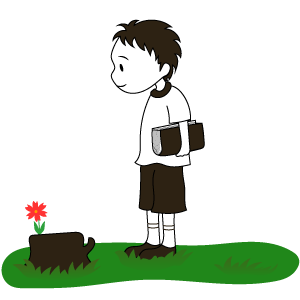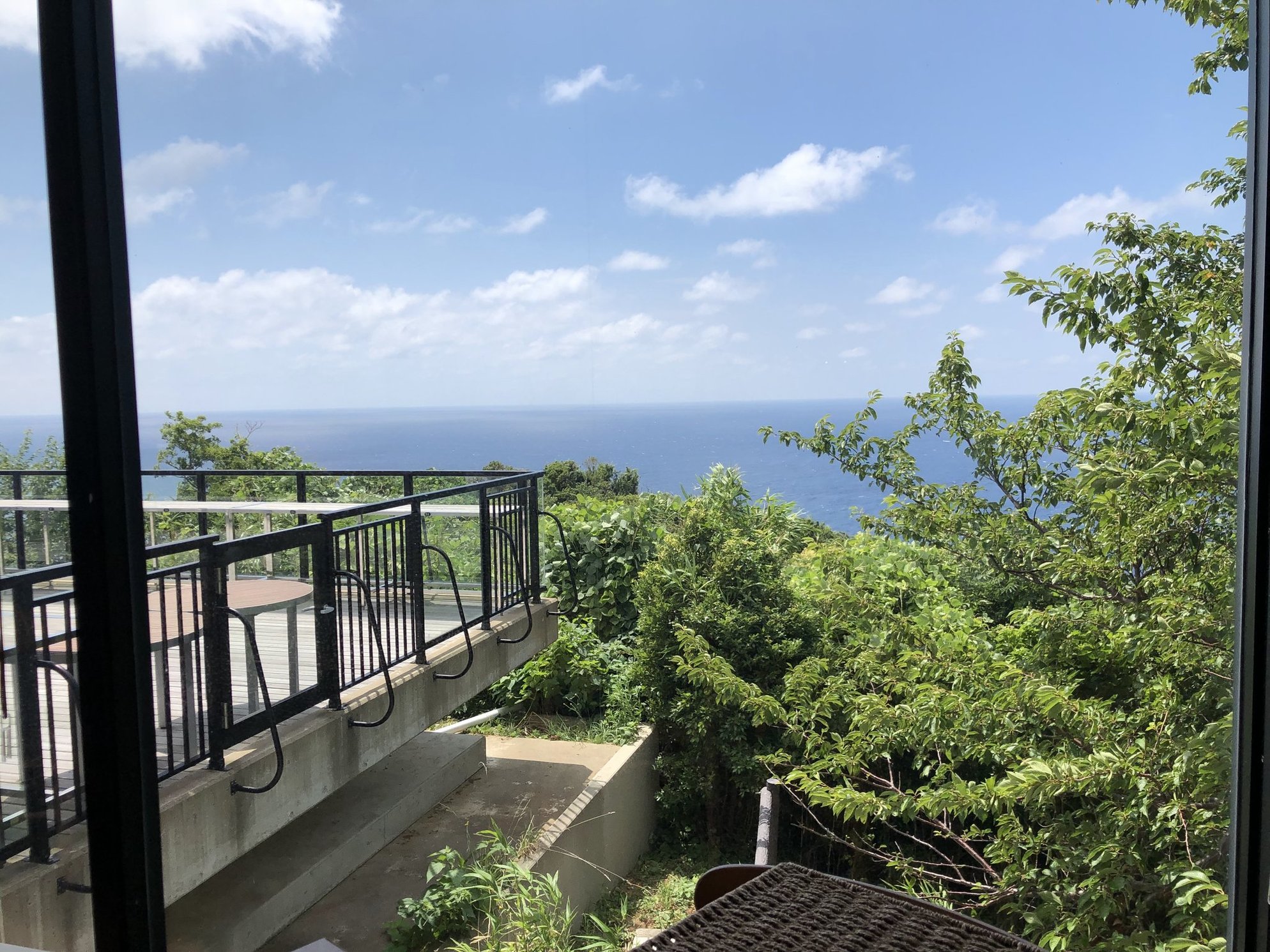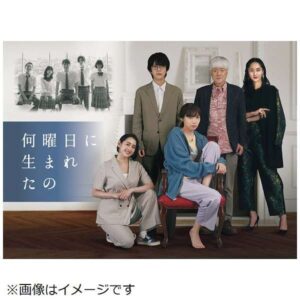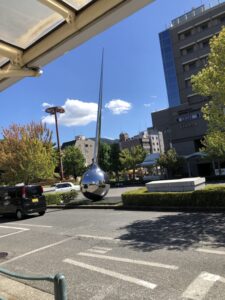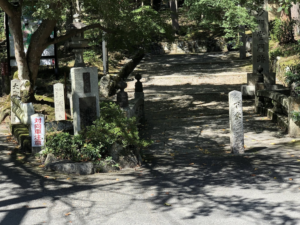I finally started reading a volume of the complete works of Kenzaburo Oe, which I had been piling up for a long time, thinking that I would read it.
As I have mentioned before, I like to read the complete works of my favorite authors from the beginning in a paperback book, and I have read many different collections so far.
The complete works contain not only the author’s masterpieces, but also drafts, diaries, notes, memorandums, and essays. Some of the drawings are so poorly drawn that they look like doodles.
And as you read through them, you will see. Even the greatest writers have their fair share of bad works, and even the bad drawings can be called amiable.
And that masterpieces and masterpieces that everyone knows exist only in miraculous probability.
This fact, however, is somewhat comforting to a three-sentence writer like myself. Not everything I write has to be a masterpiece. It is just that not everything I write has to be a masterpiece. If I were to use a baseball analogy, a .300 hitter would be enough to pass the test.
And even the works that are called masterpieces are often the rehash of past failures or the accumulation of the fruits of many experiments.
In other words, the fruit of a masterpiece is the fruit of the corpses of many bad and failed works. If you read carefully, you can read the process of trial and error, stylistic experimentation, and the author’s struggle and pain that led to the subsequent masterpiece. It is also fun to follow the trail of his thinking. It also allows us to read the masterpieces more deeply.
Thus, when one finishes reading a complete collection of a writer’s works over a long period of time, there is a strange sense of accomplishment, an exhilarating feeling as if one has lived another person’s life in its entirety.
And no matter how much I like a writer, I come to understand and accept him or her, including the flaws, character traits, shortcomings, and dislikes that have always bothered me a little. It can be like a long-time companion.
This writer, oh, at my age, I was struggling with that. He was lost. He was in a slump. Oh, that’s why he was so snarky. And then I can understand why he said those things in the newspaper, on TV, and caused such a firestorm, and the background behind the public uproar, and I can forgive him.
Incidentally, I am now reading alongside the Complete Works of Takaaki Yoshimoto (now in its eighth volume, 38 volumes), the Complete Works of Hideo Kobayashi (now in its seventh volume, 14 volumes), and the Complete Works of Soseki Natsume (second time through, 10 volumes).
Oe Kenzaburo Dai is a new addition to this repertoire.
Actually, I also like Kobo Abe, so I was not sure which collection to add first, but I chose the complete works of Kenzaburo Oe because I had recently reread “Kenzaburo Oe: A Writer Speaks of Himself” just after his death and was impressed by some of the passages.
I have been reading the book of Kobo Abe for a while.
Incidentally, what impressed me was a sentence like this.
I would like to see the continuation of the literature created by the postwar school, by Shohei Ooka and Kobo Abe, and by my generation and others who have followed in their footsteps. At that time, I believe, the way will open for me to become a truly new writer and a novelist who can last for a long time.
What Oe probably meant to say is that literature is inherited from our predecessors.
It may be an exaggeration to call it a “relay of the spirit,” but I believe that each person who is truly serious and determined to pursue literature should receive this baton from his or her great predecessors. And once they receive it, they should run with all their might and pass it on to the next runner.
This is not limited to literature.
